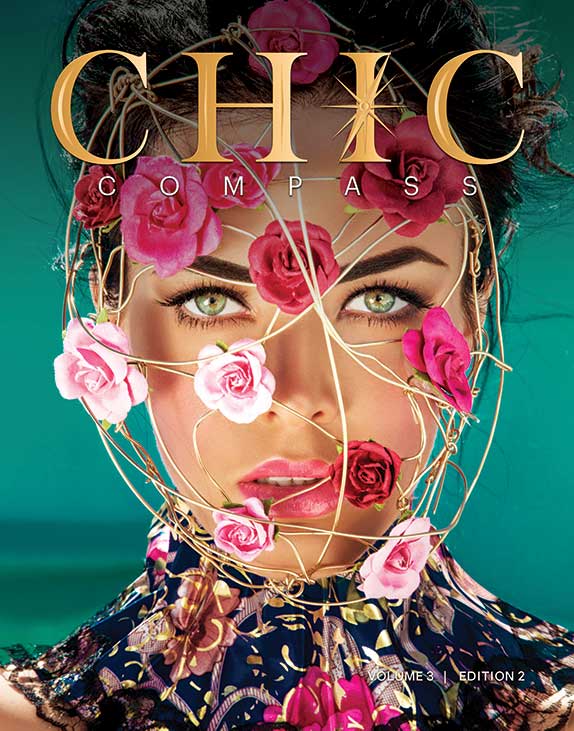
This article was printed in
Chic Compass Magazine – Issue 8
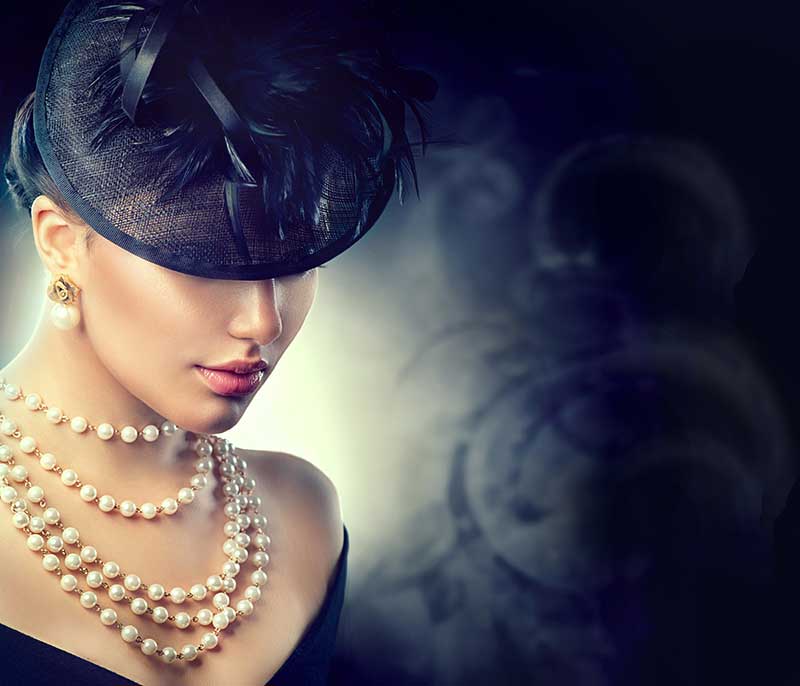
The Timeless Beauty and Elegance of Pearls
BY BETH ILAGAN
“Pearls are one of the world’s oldest gemstones,” says fashion historian Rachel Elspeth Gross, “going as far back as being found in a Persian Princess’s sarcophagus from 420 BCE.” This ancient (and the world’s oldest known) pearl is now on display at the Louvre Gallery in Paris, France.
Pearls can be seen being worn by rich subjects of paintings from every century or era. In ancient times, pearls were believed to be a gift from the heavens (tears of angels) and were considered a symbol of the moon with magical powers bringing prosperity and long life. A new bride wearing pearls, symbolizing purity and innocence, was believed to bring marital bliss. Pearls are thought to bring the calmness and beauty of the sea to the wearer and are the month of June’s birthstone. The 30th wedding anniversary is known as the Pearl Anniversary.
In Chinese medicine, the pearl is used to treat indigestion and heart disease and is also used in love potions and as a tonic for long life. Calcium carbonate, the main component of pearls, is typically used as an antacid and a dietary supplement. It is also known to boost two of the body’s most abundant antioxidants: superoxide dismutase and glutathione.
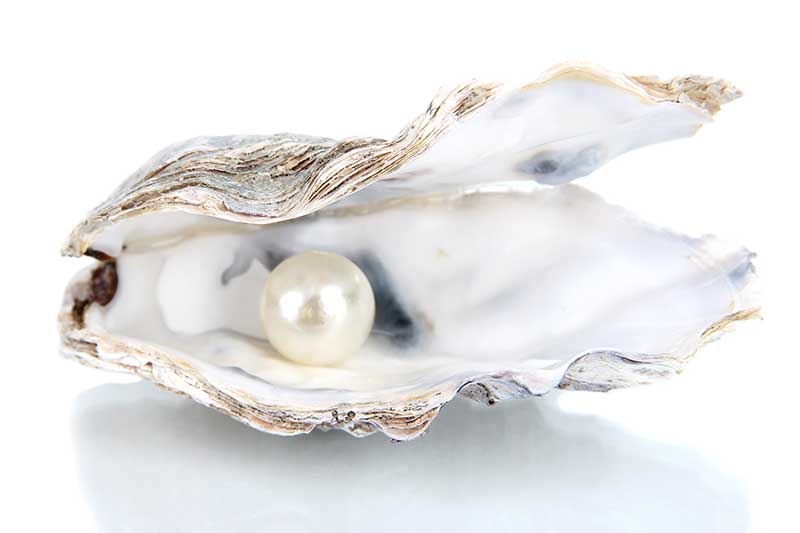
Research from 2018 shows that pearl powder taken orally can help the body create antioxidants and fend off free radicals. It is considered effective for the treatment of age-related degenerative disorders. For thousands of years, pearl powder has been incorporated into beauty and skin products because it promotes collagen and elastin production in the skin. At the age of 94, Kokichi Mikimoto, the Japanese founder of the cultured pearl industry since 1893, stated, “I owe my fine health and long life to the two pearls I have swallowed every morning of my life since I was 20.”
Pearls are the only gemstone that comes from a living creature. There are no two pearls that are precisely alike … each pearl is unique. Although pearls are formed in a variety of colors that range from pink to brown to gold, even black, the most valuable color is white. The colors are determined by the type of mollusk that created them and the water in which that mollusk lived. The multiple layers of nacre (the pearl’s finish) are translucent, allowing light to pass through, creating the luster. This luster gives the pearl a faint rainbow color called iridescence.
Natural Pearls are formed naturally inside the oyster or any other seashell without any manipulation or use of any man-made approach. These are usually rarer and more expensive.
These pearls are formed when an irritant, parasite, or molecule enters the soft body tissue of an oyster or shell. The oyster or seashell builds a defense mechanism from the irritant. It secretes a calcium-like milky substance called nacre, which thoroughly coats the irritating irritant. Hundreds of layers of nacre are secreted until a pearl is formed. Usually, this process may take three or more years until a pearl of sizable value is created. While this process is taking place, the inner lining of the shell or oyster is also coated with a nacre called Mother of Pearl.
Cultured Pearls account for 95% of the pearls on the market. These pearls are farmed using a man-made approach wherein the irritant is introduced artificially. A tissue graft is cut from the mollusk and inserted back. It takes 2-3 years to grow into a sizeable pearl. These pearls are usually cheaper. This science of pearl farming is called Periculture. The five main varieties of cultured pearls are the Akoya, Australian South Sea Pearl, Tahitian South Sea Pearls, Indonesian South Sea Pearls, and Freshwater Pearls.
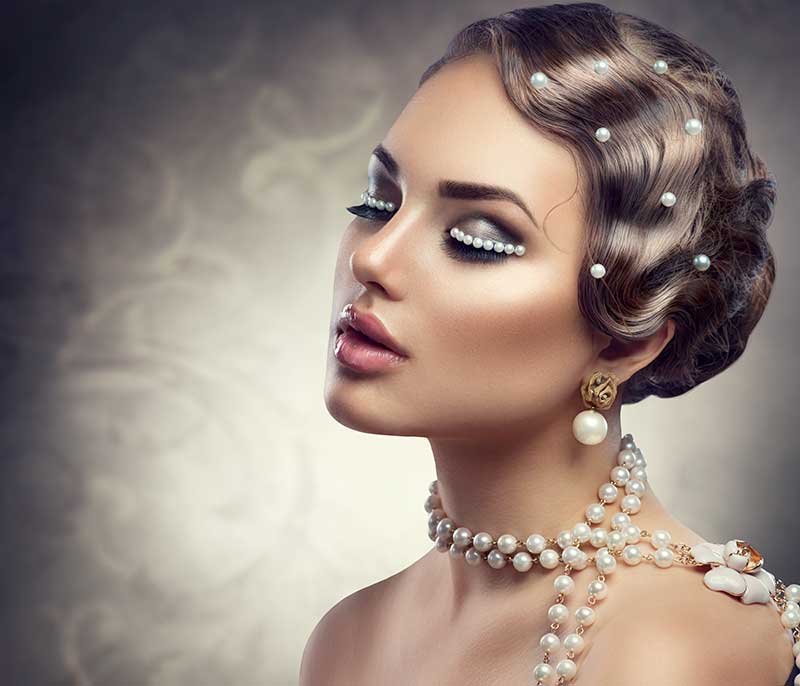
To determine whether a pearl is cultured or natural, have a gem lab perform an x-ray of the pearl. If the x-ray reveals a nucleus, the pearl is likely a bead-nucleated saltwater pearl. If no nucleus is found, but irregular and small dark inner spots are seen, indicating the presence of a cavity combined with concentric rings of organic substance, the pearl is a cultured freshwater. Natural pearls will often show larger cavities where organic matter has dried out and decomposed. To test if a pearl is real or not, rub them against your teeth with a side-to-side motion. A real pearl will have a slightly rough or gritty texture. Fake pearls made from glass or plastic will be almost perfectly smooth.
The process of gathering pearls is by dragnets or by human pearl divers. Of thousands of oysters harvested, only a very small number contain pearls, and an even smaller number are gem quality. Pearls can grow in either saltwater or freshwater. South Sea Pearls like Akoya and Tahitian are grown in seawater, giving them better quality, luster, and overtones, originating from the oceans in Australia, Tahiti, and Indonesia.
Freshwater pearls grow in lakes and rivers, have less luster, are smaller in size, and are less appealing. They are found in China, Australia, India, and the United States. Freshwater pearls are more durable and affordable.

Pearls can be categorized into nacreous and non-nacreous pearls.
Nacreous pearls are traditional such as South Sea Pearl, Freshwater, Akoya, and Tahitian. They are made up of aragonite and some calcite and are graded based on size, luster, shape, color, and complexion. Non-nacreous pearls are pearls like Quahog, Conch, and Melo. They consist of calcite with less luster and are graded by their size, color, shape, porcelaneous, and flame-like structure.
The seven factors that affect a pearl’s price are shape, color, luster, surface quality, nacre quality, and matching (how uniform the pearls are in jewelry, which depends on the consistency of all the other six factors). However, quality of design or condition and wearability is also a factor to be considered. Round pearls are the most desirable and valuable. Pearls come in eight basic shapes: semi-round, round, drop, button, pear, baroque, oval, and circled. There is no standardized grading for pearls, but typically are graded from A to AAA or AAAA.
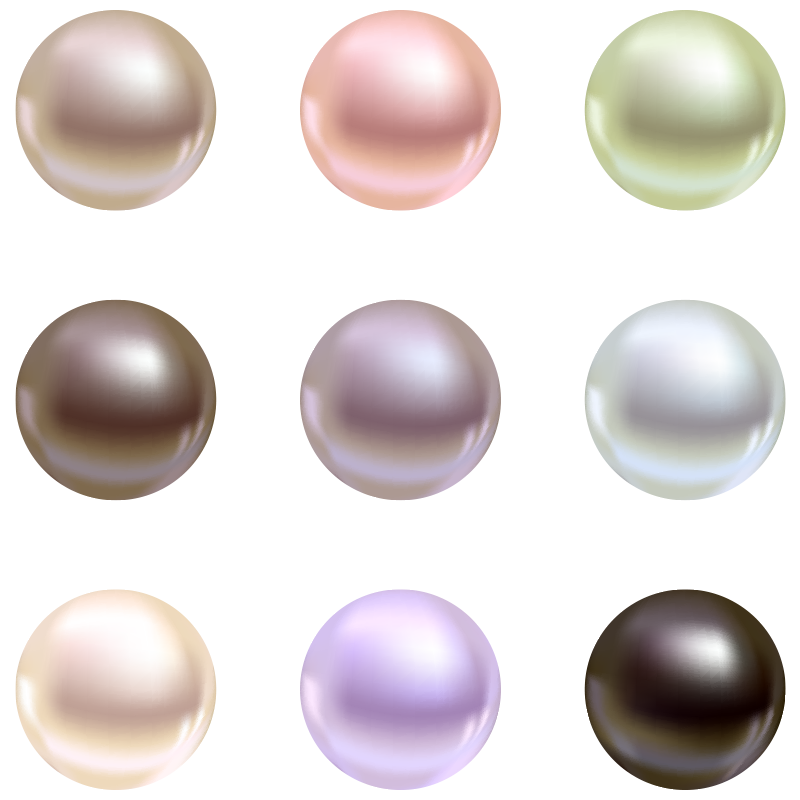
Pearls have always been used as jewelry pieces. However, they are now used as a fashion statement! They have been sewn into clothes, handbags, belts, and other accessories. Fashion Designers such as Chanel, Versace, Vivienne, and Westwood have incorporated pearls in their Spring 2021 fashion shows. Pearls now come in contemporary designs with yellow gold or silver settings accented with diamonds or other precious stones. Baroque shapes with unique textures, shimmering colors, and creative embellishments are also becoming mainstream. A pearl is so versatile that it can be worn with any type of clothing, appropriate for day or night, and worn by men or women. It is now becoming a modern fashion trend to wear pearls. It continues to be a major symbol of status, style, and class.
Pearls are delicate and can break when dropped. They are ranked 2.5 on the Mohs Hardness Scale, meaning they are considered a soft gem that can easily be scratched.
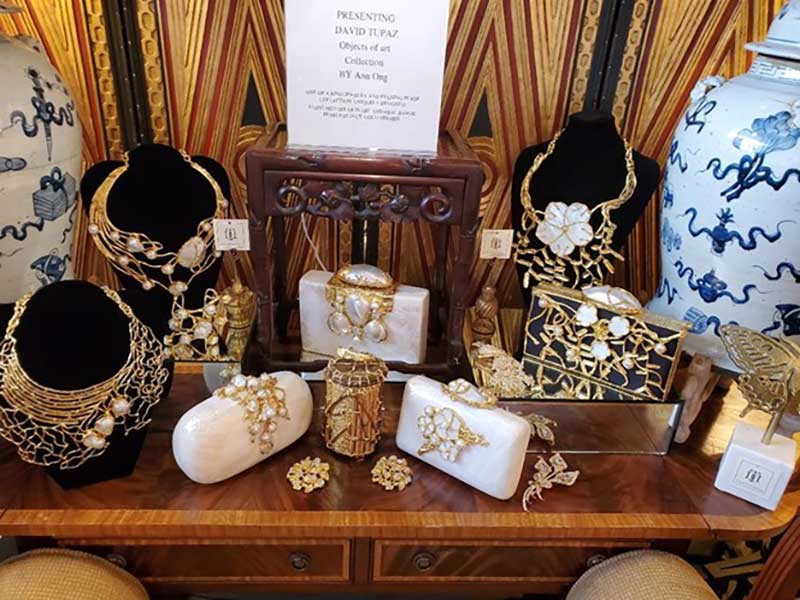
Pearl Design Collection at Tivoli Village by David Tupaz
To clean, wash gently with warm water and gentle dish soap. Avoid ruining the pearl’s luster by using jewelry cleaner, any chemical or cosmetic, steam, ultrasonic, or any abrasive. Avoid exposure to extreme light or excessive heat to prevent damage from UV rays. They should never be stored in plastic or air-tight containers because, being organic, they need moisture not to dry out, possibly crack or cause yellowing. However, do not wear pearls in the pool, bath, sauna, or shower. Ideally, pearls should be stored in a soft chamois cloth or a pouch made of silk or cotton. Do not store pearls with other jewelry or hard metals to prevent scratches. Pearls should be stored in moderate-temperature environments.
With proper care, pearls can last a lifetime and even generations!
